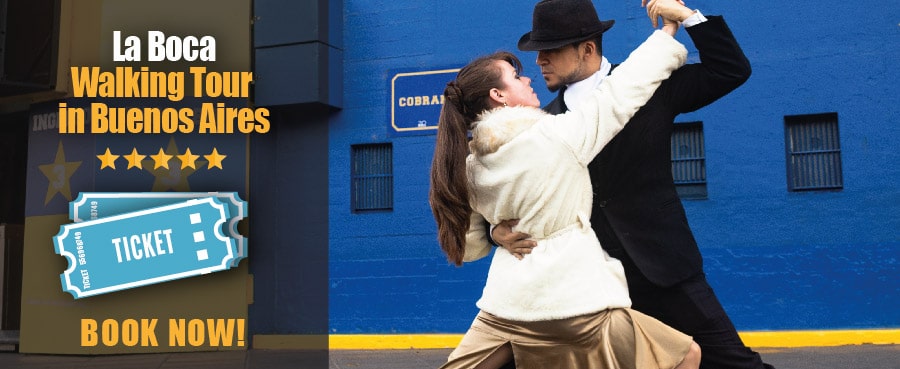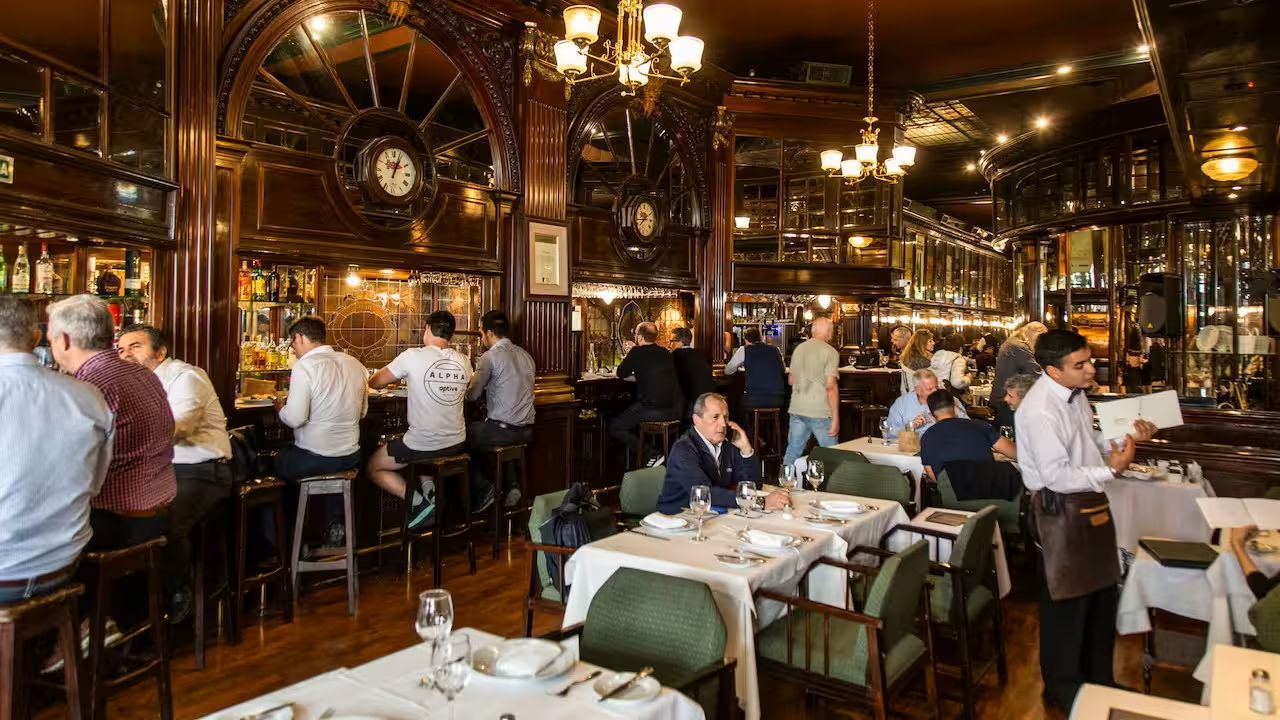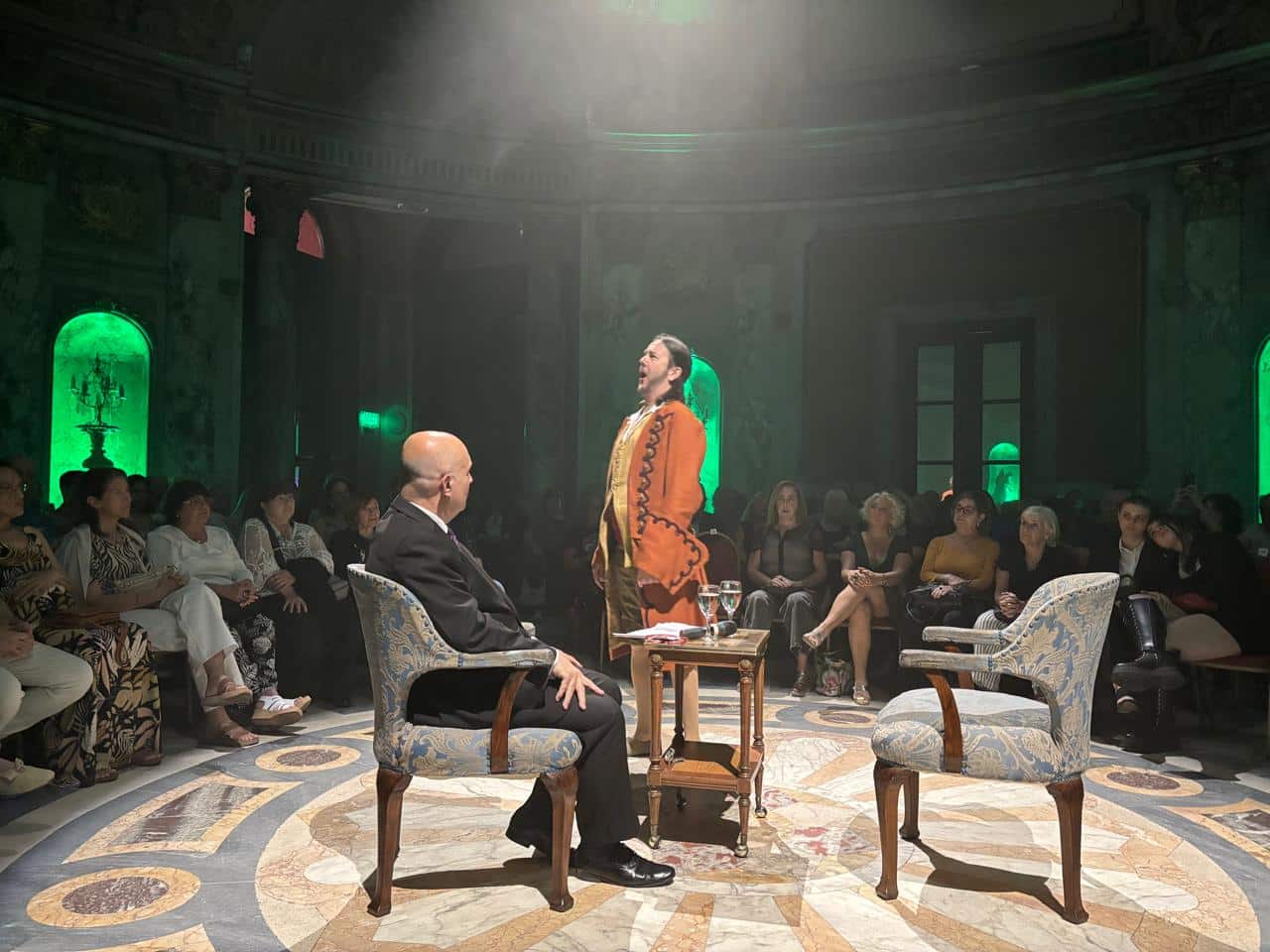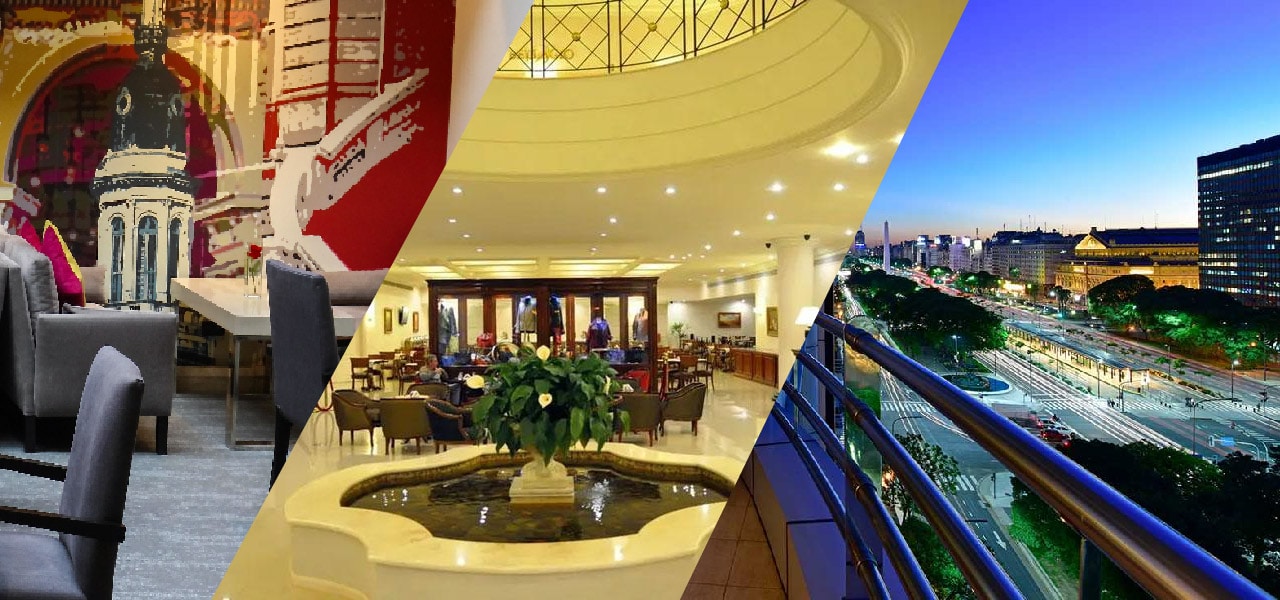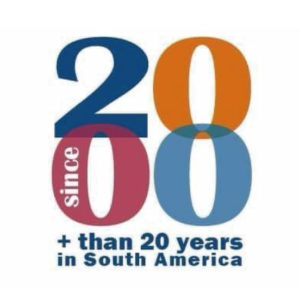La Boca, Buenos Aires
Buenos Aires, called “La Reina del Plata” (Queen of Plata River) is one of the most amazing cities in South America. For sure, the most “European of the cities in the continent”, with a glorious past and a rich cultural activity and amazing architecture in the present. No doubt, one of the entrance gates to South America and to many amazing destinations in Argentina. With all the magic of the Tango dance, the exquisite gastronomy, the wonderful malbec wine, a wide variety of museums, cultural centers, and interesting places to visit.
Of course, the city offers many areas that are a must-see. I´m sure you heard about Caminito and La Boca, San Telmo Market, Recoleta with the cemetery, Plaza de Mayo, and more. Ok, let me focus a bit more in each area so you can organize great walking tours and activities to do during your visit to our lovely city called Buenos Aires.
Buenos Aires: a bit of history
The City of Buenos Aires was founded twice. The first foundation was made by the Spanish Pedro de Mendoza in 1536, who called it City of the Holy Trinity and Puerto de Santa María del Buen Ayre. There the first settlement was installed, which according to the accounts of a crew member, did not prosper due to the difficult living conditions that prevailed and the resistance of the native Querandíes. The second foundation took place in 1580. This time it was Juan de Garay who, on behalf of the Spanish Crown, baptized it as the City of Trinidad, where it began to develop, on a social and political level, on the current grounds of the Plaza de Mayo. . In 1776 it was designated as the capital of the recent Viceroyalty of the Río de la Plata, allowing it to position itself in the commercial market: its port and its connections with the inland cities then became its greatest strength.
Then came times of revolutions seeking independence and Buenos Aires was a necessary participant in the long-awaited Argentine independence. On May 25, 1810, the Creoles sought to end the Spanish viceregal government and form the First National Government, so that later, on July 9, 1816, the fundamental step towards definitive Independence would be taken in Tucumán.
With the emergence of industries and the railroad, during the second half of the 19th century, the port of Buenos Aires became the strategic point of economic activity in a country that was known as “the granary of the world”. In addition, it was the gateway for the arrival of the first great migratory stream to populate the nation that was promoted by the Argentine State, giving rise to an eclectic culture. It was nurtured by Spaniards, Italians, Syrians, Lebanese, Poles and Russians. Tango emerged -now recognized as Intangible Cultural Heritage of Humanity-, while the “conventillos” and immigrant hotels were the ideal setting for something as special and characteristic of Buenos Aires as “el lunfardo” to be born.
Later, during the 20th century, there was a continuum of migratory waves that arrived from the interior of the country, from Latin American countries and even from Asia. Thus, this city was completed, in which today people of different cultures and religions coexist.
In 1880 it became the Federal Capital of the Argentine Republic and, entering the 20th century hand in hand with progress, it was recognized as one of the great metropolises of the world: since then it has been called “the Paris of South America”, thanks to its architecture, parks and boulevards designed by the Buenos Aires elites with a strong French imprint.
Before the celebration of the Centennial of the May Revolution, in 1910, Avenida de Mayo, the Bosques de Palermo and the Teatro Colón stood out in the festivities. Being faithful to the avant-garde that characterizes it, years later Buenos Aires inaugurated the first subway line in Latin America and the eleventh in the whole world. In the 1930s, the Obelisk appeared, a porteño icon par excellence and, some time later, Avenida 9 de Julio became the most important artery in the City. In 1994 Buenos Aires managed to sanction its own constitution and have an autonomous government, elected by its citizens, as a result of the Reform of the Argentine Constitution.

La Boca in Buenos Aires : Caminito, Boca Jrs Stadium, La Boca
This neighborhood owes its name to the fact that it is precisely in this area where the mouths of the Riachuelo are located, which flows into the Río de la Plata. It is one of the most colorful neighborhoods in the City and is characterized by the infinity of tourists who visit it, seeking to experience a bit of tango and appreciate the Buenos Aires “firuletes”
La Boca, Buenos Aires: a bit of history
This emblematic neighborhood owes its name to the fact that it is precisely in this area where the mouths (boca in Spanish) of the Riachuelo are found, where its waters flow into the Río de la Plata. Many historians agree that La Boca is the place where Pedro de Mendoza founded the city of Santa María de los Buenos Aires, in 1536. For several years, the mouth of the Riachuelo was the natural port of Buenos Aires, but due to problems such as the shallow waters, the sandbanks and the considerable rises and downspouts, among others, the port moved further north of the City.
Where the neighborhood of La Boca is located today was a hostile, swampy, desolate area with periodic floods. But, at the end of the 19th century, a vigorous and growing Italian community with a preponderance of Genoese origin began to settle there, which, little by little, gave life and personality to the neighborhood. Over time, other groups of immigrants, Spaniards, Greeks, Germans and some scattered groups of French and Saxons were incorporated.
The neighborhood was a place for passing sailors, with which numerous grocery stores were opened. The Italians who inhabited the place were more and more until in 1882 a group of Genoese signed an act that they sent to the King of Italy informing him that they had constituted the Republic of La Boca. Upon hearing this news, the then president, Julio Argentino Roca, immediately had the Genoese flag raised at the site removed and ended the conflict.
La Boca was characterized by being a neighborhood of funny, noisy and melancholic inhabitants. They spoke the xeneixe dialect, that of the Genoese, as if they were in their land. They were hard-working and supportive, they came to form numerous community support institutions, published newspapers and founded sports and cultural clubs. Given its great sensitivity for art, singers, musicians, poets and visual artists have been born in the neighborhood, many of whom have occupied significant places in the popular feeling.
Within its limits there is an exemplary staff of volunteer firefighters, well known and valued for their great work, professionalism and work in the community. Most of the houses were and are made of wood and sheet metal, this makes the fires frequent and threatening. In such a context, the task of the firefighters was and is fundamental.
La Boca presents a particular architecture, wooden and sheet metal houses, both with iron balconies that are still preserved along the streets of the neighborhood. Its corrugated sheet metal facades are combined with the wood carpentry enriched by various moldings. The colors of the houses represent an innumerable variety that comes from the leftover paint that the sailors brought home, as the paint was expensive, and the scarce quantity to paint the entire house of the same color, was used to the last drop , therefore, the frames were first painted until it was exhausted, to then go to the walls and paint as far as possible. In addition, the horizontal lines were and are a characteristic of La Boca, long overlapping planks in the wooden houses and the grooving of the veneers.

La Boca in Buenos Aires: Caminito
Caminito in La Boca is one of the most emblematic walks in the city and one of the must-see attractions for those who visit it. With its typical tin “conventillos” in the La Boca neighborhood, which display its walls painted in different colors, it is also an open-air museum almost 150 meters long. Its sinuous layout is due to the fact that it follows the course of a stream that flowed until the beginning of the 20th century. The area was popularly known as “Puntin” (short for “bridge” in Genoese dialect).
For a long time it was part of the railway route to Ensenada (one hour from Buenos Aires) until in 1928 the branch was closed and the track became an abandoned alley. It was thanks to the initiative of several neighbors, among whom was the painter Benito Quinquela Martín (one of the main benefactors of the neighborhood and whose work is commemorated through the colors of the houses of La Boca), that in the 1950s He recovered the land to turn it into a pedestrian walkway and a museum street, in which works by different artists were added little by little.
In 1959, at the initiative of Quinquela Martín, it was baptized with the name of the famous tango “Caminito”, composed by Juan de Dios Filiberto and Gabino Coria Peñaloza and premiered in the carnivals of 1926.
La Boca in Buenos Aires: La Bombonera, the Boca Juniors Stadium
One of the most famous football clubs in Argentina is the Club Atletico Boca Juniors, or Boca Juniors, and also just Boca. Boca Juniors was founded on Monday, April 3, 1905, when a handful of young Italian immigrants living in the neighborhood, Esteban Baglietto, Alfredo Scarpatti, Santiago Pedro Sana, and the brothers Juan and Teodoro Farenga, met in Plaza Solís to give birth to the legendary institution. The colors blue and yellow, taken from the flag of a Swedish ship, moored for those days in the waters of the Riachuelo. For its part, River Plate was founded on May 25, 1901, also in the La Boca neighborhood, due to the merger of two pre-existing clubs called “Santa Rosa” and “La Rosales”. After discussing several proposals, they decided to call it “River Plate”, apparently, because one of the partners had seen some sailors set aside some boxes, with the inscription “The River Plate”. In those years, River had its field next to the Riachuelo in the block formed by Pinzón, Gaboto, Aristóbulo del Valle and Pedro de Mendoza streets. Later, he moved to Palermo, where he had his own stadium, but over the years the club grew in popularity and had to move, in 1938, to the Belgrano neighborhood, north of the City, where its facilities are located. At present, The River Plata stadium is located in the Núñez neighborhood.

La Boca Walking Tour in Buenos Aires
If you want to book a wonderful walking tour in La Boca, check in the image below
For more information, just contact us at info@ripioturismo.com


